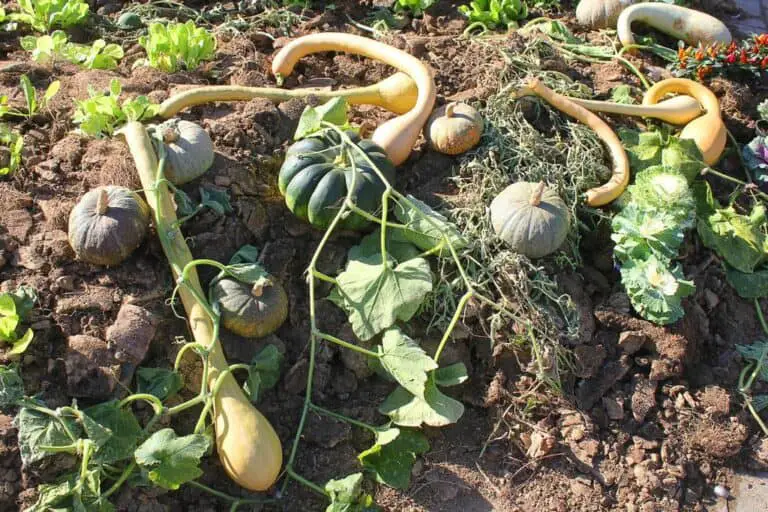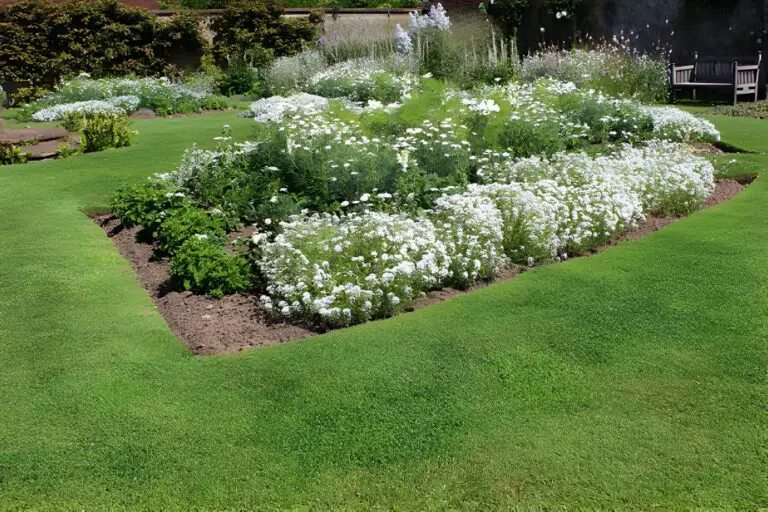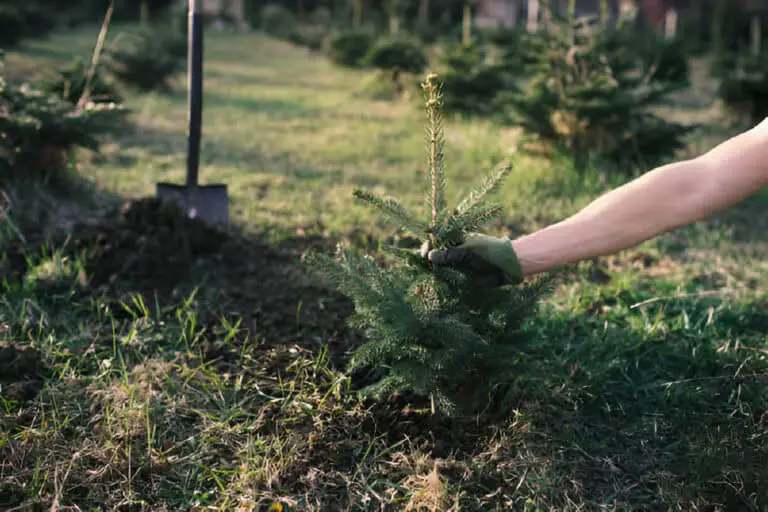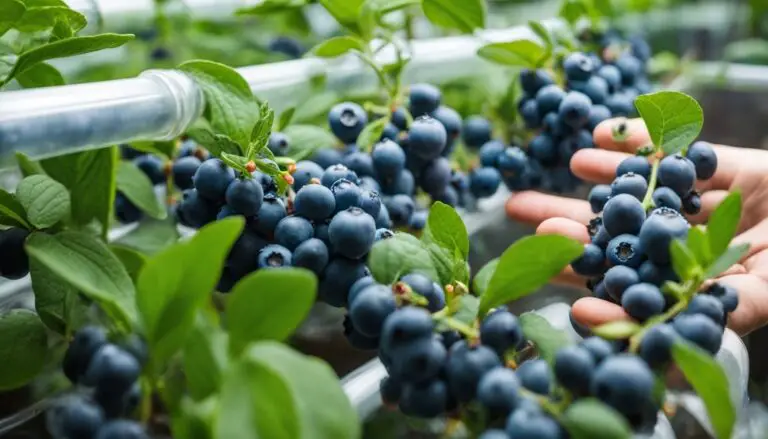How Much Soil Depth and Space Does Basil Need to Grow?
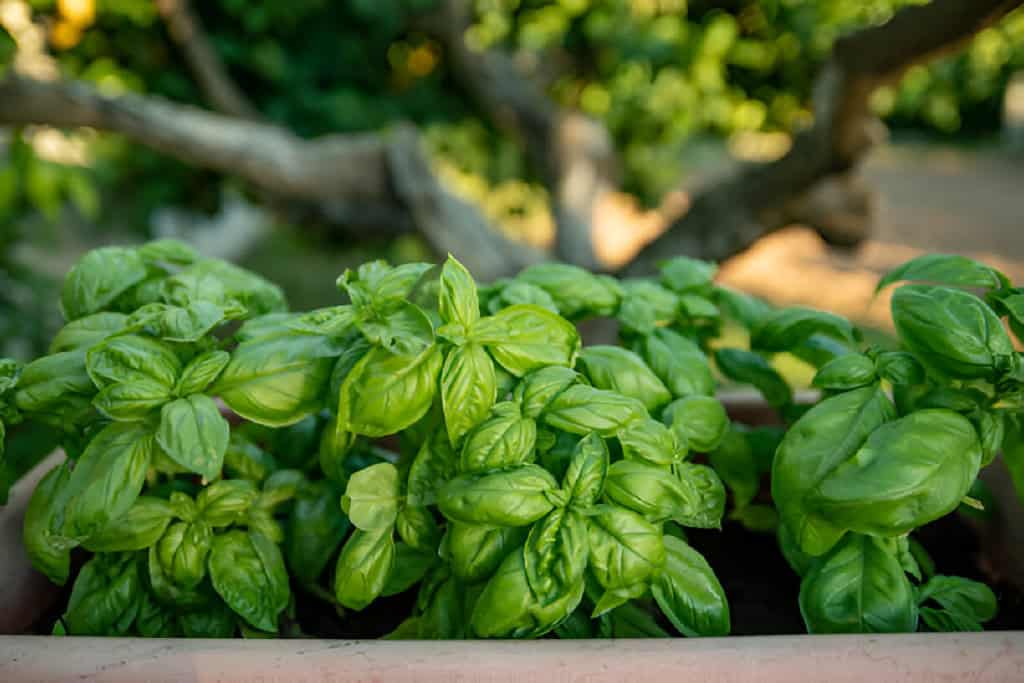
Have you ever wondered how much soil is needed to grow lush and aromatic basil? Getting the soil depth and volume just right can be the key to a thriving basil plant. In this article, we will dive into the specific soil requirements for growing basil, whether in garden beds or containers.
Basil, with its aromatic leaves and culinary versatility, is a favorite herb among gardeners and chefs alike. Growing healthy basil plants requires attention to soil depth and spacing to ensure optimal growth, flavor, and yield.
In this guide, we will explore how deep soil should be for basil. We will also cover how far apart to space basil. We will give you tips on how to grow healthy basil plants in your garden or pots.
Soil Depth Needed to Grow Basil
The depth of soil directly influences the root development and overall health of basil plants. Basil prefers well-draining soil with good nutrient availability. Here’s a breakdown of soil depth requirements based on different growing methods:
- Container Gardening:
- When growing basil in containers or pots, choose containers that are at least 6-8 inches deep. This depth allows sufficient room for the basil roots to spread and establish themselves. Ensure the containers have drainage holes to prevent waterlogged soil, which can lead to root rot.
- Raised Beds:
- For raised bed gardening, aim for a soil depth of 8-12 inches. Raised beds provide excellent drainage and soil aeration, which are beneficial for basil plants. The deep soil allows for healthy root growth and better moisture retention. This promotes strong basil growth and essential oil production.
- In-Ground Planting:
- When planting basil directly in the ground, prepare the soil to a depth of 6-8 inches. Loosen the soil thoroughly to facilitate root penetration and nutrient absorption. Incorporate organic matter, such as compost or aged manure, to improve soil fertility and structure, creating an ideal growing environment for basil.
Soil Spacing for Basil
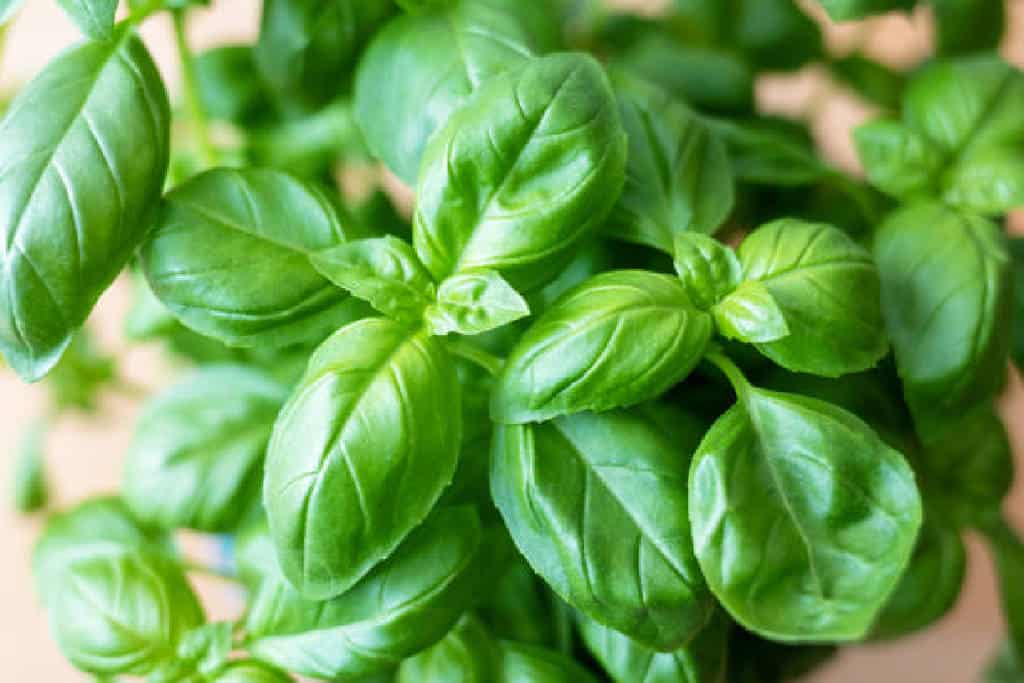
Proper spacing between basil plants is crucial for airflow, sunlight exposure, and overall plant health. Here’s how to space your basil plants effectively based on their variety and growth habit:
- Genovese Basil:
- Genovese basil, known for its large, aromatic leaves, should be spaced 12-18 inches apart. This spacing allows the plants to develop fully. It also prevents overcrowding, which can cause more humidity and disease.
- Thai Basil:
- Thai basil, with its distinct flavor and smaller leaves, can be spaced slightly closer together, about 8-12 inches apart. Thai basil plants benefit from ample airflow and sunlight to thrive and produce flavorful leaves.
- Compact Basil Varieties:
- Compact basil varieties, such as bush basil or dwarf basil, can be spaced 6-8 inches apart. These varieties are good for container gardening. They also work well in small gardens where space efficiency is key.
Soil Preparation Tips for Growing Basil
Before planting basil, prepare the soil to create an optimal growing environment. Follow these soil preparation tips to ensure your basil plants thrive:
- Loosen Soil: Use a garden fork or tiller to loosen the soil to the desired depth. Loosening the soil improves drainage. It also promotes root growth and nutrient uptake. These are essential for healthy basil.
- Add Organic Matter: Incorporate well-aged compost, leaf mold, or composted manure into the soil to enrich its nutrient content and improve soil structure. Organic matter boosts soil fertility. It also increases water retention and microbial activity. These things support strong basil growth and essential oil production.
- Check soil pH: Basil thrives in slightly acidic to neutral soil with a pH range of 6.0-7.5. Test the soil pH. Add organic amendments or pH-adjusting agents as needed. Do so to create the ideal soil for basil.
Maintenance Tips for Healthy Basil Plants
To ensure your basil plants thrive and make lots of tasty leaves, follow these tips. Do so throughout the growing season.
- Watering: Keep the soil consistently moist but not waterlogged. Water basil plants deeply, especially during hot, dry periods, to prevent stress and ensure vigorous growth. Water early in the day to allow foliage to dry, reducing the risk of fungal diseases.
- Mulching: Apply a layer of organic mulch, such as straw or shredded leaves, around basil plants to conserve soil moisture, suppress weeds, and regulate soil temperature. Mulching also improves soil structure and reduces water evaporation from the soil surface.
- Pinching and Pruning: Pinch off the top leaves of basil plants regularly to encourage bushier growth and prevent flowering, which can reduce leaf production and flavor. Prune any yellowing or damaged leaves to maintain plant health and appearance.
Fertilization Practices for Basil Plant
To ensure your basil plant thrives, it’s essential to use the right fertilization practices. A balanced fertilizer has equal parts nitrogen, phosphorus, and potassium. It is good for encouraging healthy basil growth. These nutrients support leaf production, root development, and overall plant health.
During the initial growth stage, use diluted liquid fertilizer every two weeks. This can help establish strong roots and vibrant leaves. As the basil matures, you can reduce the frequency to once a month. For instance, a 10-10-10 fertilizer works well when diluted to half strength.
Organic alternatives, such as compost or well-rotted manure, are excellent for promoting sustainable practices while nurturing your basil plant. These options enrich the soil with essential nutrients and improve its structure. Also, using worm castings or fish emulsion can add nutrients. They do so gently and without the risk of over-fertilizing.
Soil Requirements for Planting Basil Plants in Pots
When planting basil in pots, it’s crucial to choose the right soil to ensure healthy growth. Basil thrives in well-draining soil that retains some moisture without becoming waterlogged. A high-quality potting mix, enriched with organic matter, provides the ideal environment for basil plants. This type of soil supports the plant’s roots, allowing them to access the necessary nutrients and water efficiently.
It’s also important to consider the pH level of the soil. Basil prefers slightly acidic to neutral soil, with a pH range of 6.0 to 7.5. Using a soil pH tester can help you determine if your potting mix meets these requirements. If the soil is too acidic or alkaline, you can amend it with lime to raise the pH or sulfur to lower it, ensuring optimal conditions for your basil.
In addition to the right soil mix, adding topsoil, perlite, or sand can improve drainage, preventing root rot and other issues caused by excess moisture. A good potting mix for basil might include equal parts potting soil, perlite, and compost. This combination ensures that the soil remains loose and well-aerated, promoting healthy root development.
Conclusion
Growing healthy and tasty basil plants requires attention to soil depth. You must also consider spacing and proper soil prep. By providing the best growing conditions and following recommended planting and maintenance practices, you can grow thriving basil plants. They will enhance your cooking with their aromatic leaves.
Follow the guidelines in this guide. They will help you get the most basil. You’ll enjoy the satisfaction of growing your own fresh herbs in your garden or containers.

